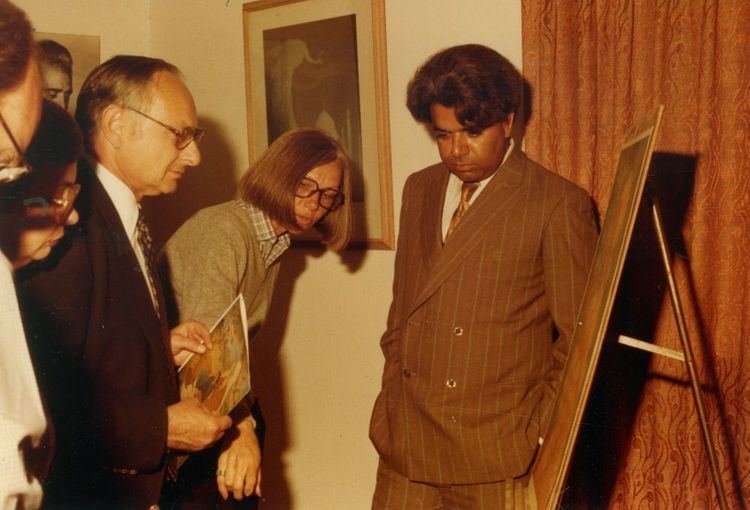Spouse Patience Baker (m. 1949) | Name Ronald Spiers | |
 | ||
Education | ||
Ronald Ian “Ron” Spiers (born July 9, 1925) is a former career diplomat and United States Ambassador.
Contents
Early life and military career
Spiers was born in Orange, New Jersey July 9, 1925 but grew up in Peru, London, Paris and Brussels. During World War II, he served as an Ensign in the United States Navy in the war's Pacific theater. He later became the commanding officer of an amphibious landing craft.
Spiers graduated from Madison (NJ) High School in 1943, then attended Dartmouth College, graduating in 1948 with a bachelor's degree. He also attended the Woodrow Wilson School of Public and International Affairs at Princeton University, earning his Master of Public Affairs degree in 1950.
Government service
After graduating from Princeton, Spiers became a foreign affairs specialist with the U.S. Atomic Energy Commission, serving until 1955, when he began his career with the U.S. Foreign Service, in the Bureau of International Organization Affairs. During his AEC career he conceived the proposal for what became the International Atomic Energy Agency.
During his career with the State Department, Spiers worked in a variety of assignments, often involving arms control. He served at the U.S. Mission to the United Nations (in Geneva), as a negotiator for the Statute of the International Atomic Energy Agency, and also was a U.S. negotiator in a series of arms negotiations with the Soviet Union, including the Partial Test Ban Treaty, Nuclear Non-Proliferation Treaty, First Strategic Arms Limitation Treaty and the Anti-Ballistic Missile Treaty.
In 1964 Spiers became director of NATO Affairs, serving until 1966, when he was appointed as the Political Counselor at the U.S. Embassy to the United Kingdom. In 1969 he was appointed Assistant Secretary of State for Political-Military Affairs by President Nixon, serving until 1973 when he was chosen by President Nixon to be the first U.S. Ambassador to the Bahamas. In 1974 he returned to London as Charge d'affairs and Deputy Chief of Mission, holding this post until 1977 when he was appointed by President Carter as the U.S. Ambassador to Turkey. In January 1980 he was selected to be Assistant Secretary of State for Intelligence and Research by President Carter. He was selected by President Reagan to be Ambassador to Pakistan in 1981.
On August 4, 1983 President Ronald Reagan nominated Spiers to be Under Secretary of State for Management. He served through the Reagan Administration as Undersecretary of State. In 1989, President George H. W. Bush recommended him for selection as Undersecretary General of the United Nations for Political Affairs. In this position Spiers became the highest-ranking American citizen in the United Nations Secretariat.
Spiers retired in March 1992 with two Presidential Distinguished Executive Service Awards and the rank of Career Ambassador, an honorary rank he was accorded by the President and the US Senate in 1984. Equivalent to "four star" military rank it is reserved for a small number of career Foreign Service officers who have served with distinction in the highest positions of the Foreign Service.
Life after government service
In 2004 Spiers again returned to the public eye when he joined Diplomats and Military Commanders for Change, a group of former diplomats, ambassadors, and military leaders criticizing the foreign policy of President George W. Bush and supporting the election of John Kerry in the 2004 U.S. presidential election. As of 2015 Spiers lives in Exeter, New Hampshire. He is married and lives with his wife, Patience. He has four children, nine grandchildren and one great-grandson. He is a member of the Council on Foreign Relations, the American Academy of Diplomacy, the National Academy of Public Administration, and the International Institute for Strategic Studies.
